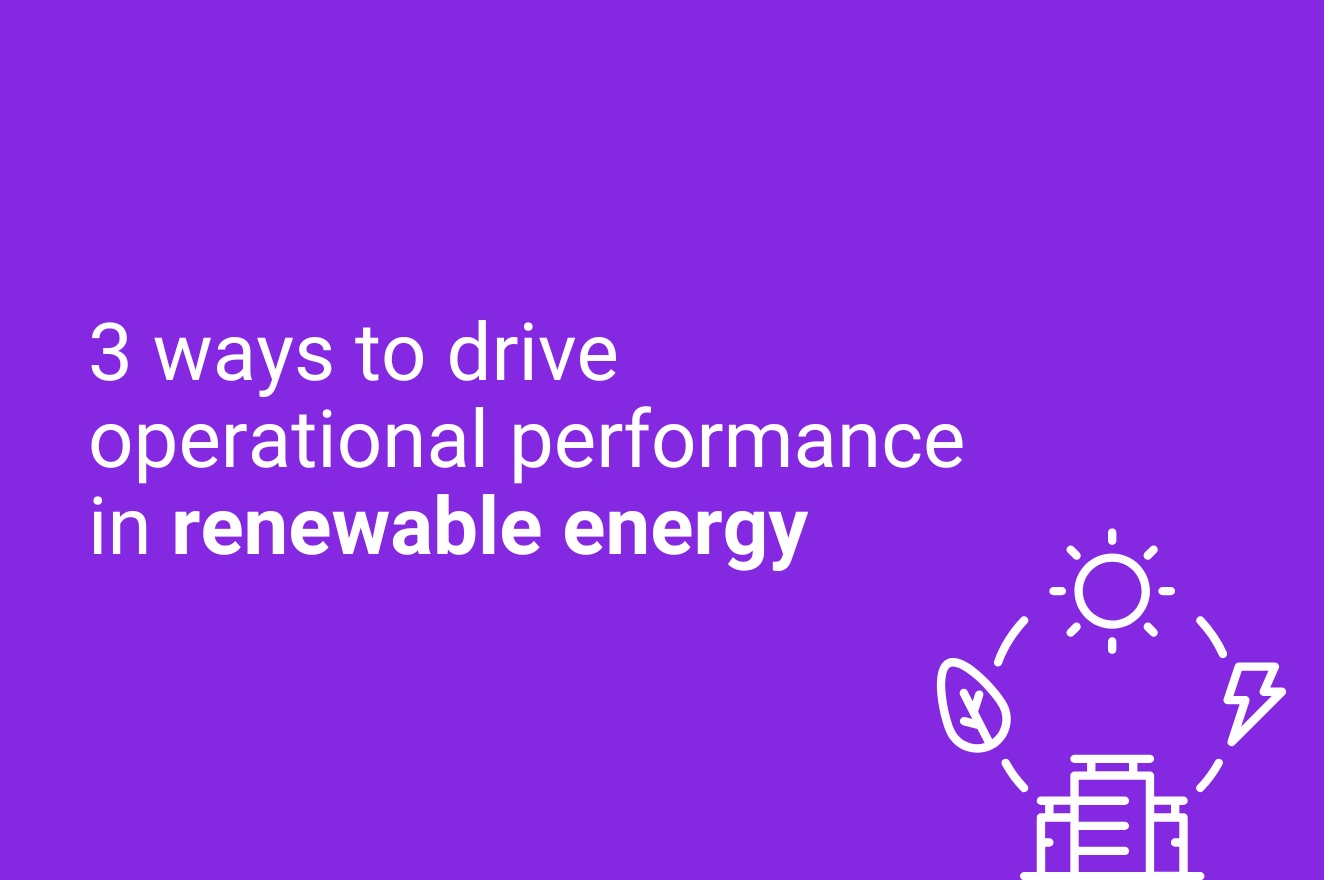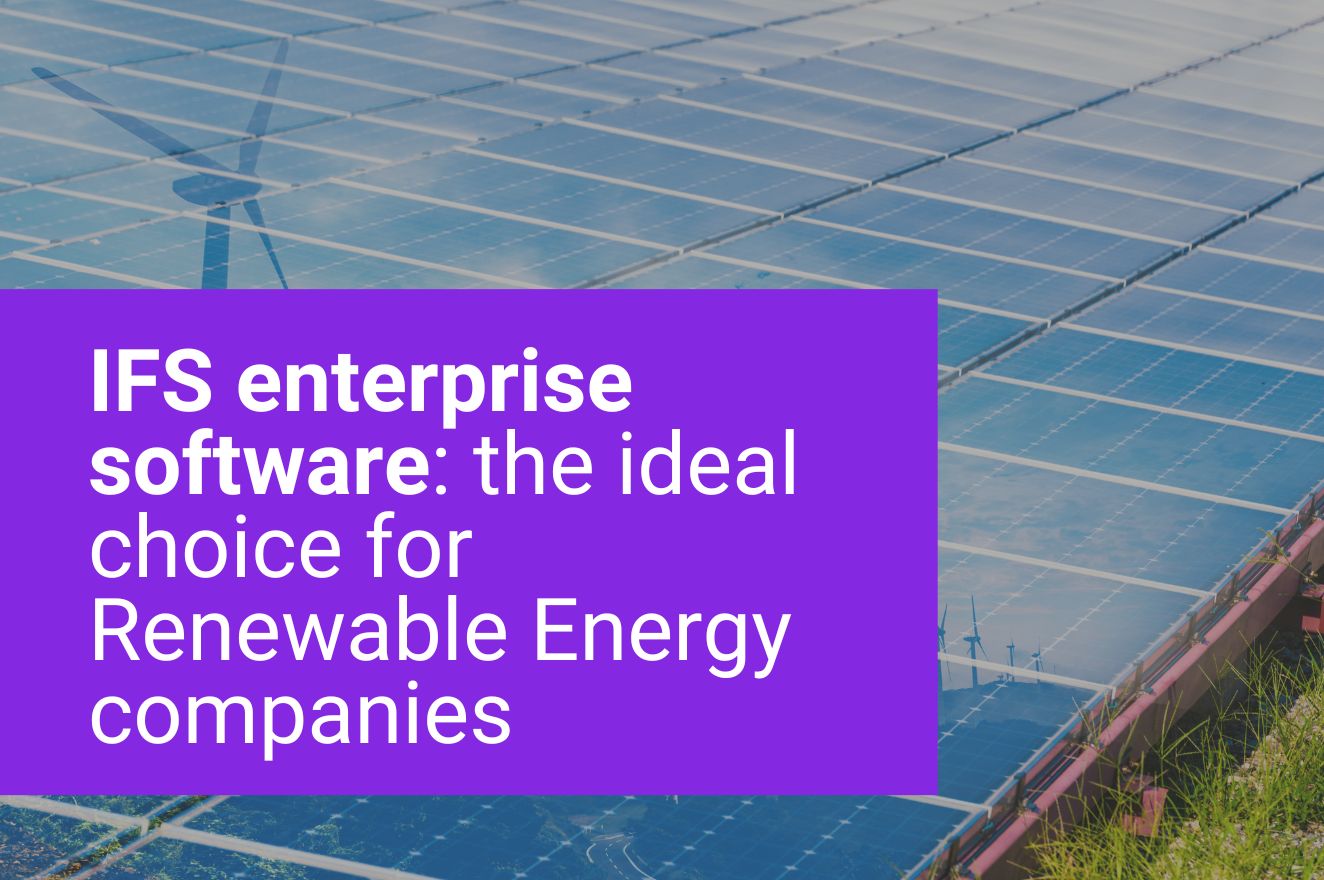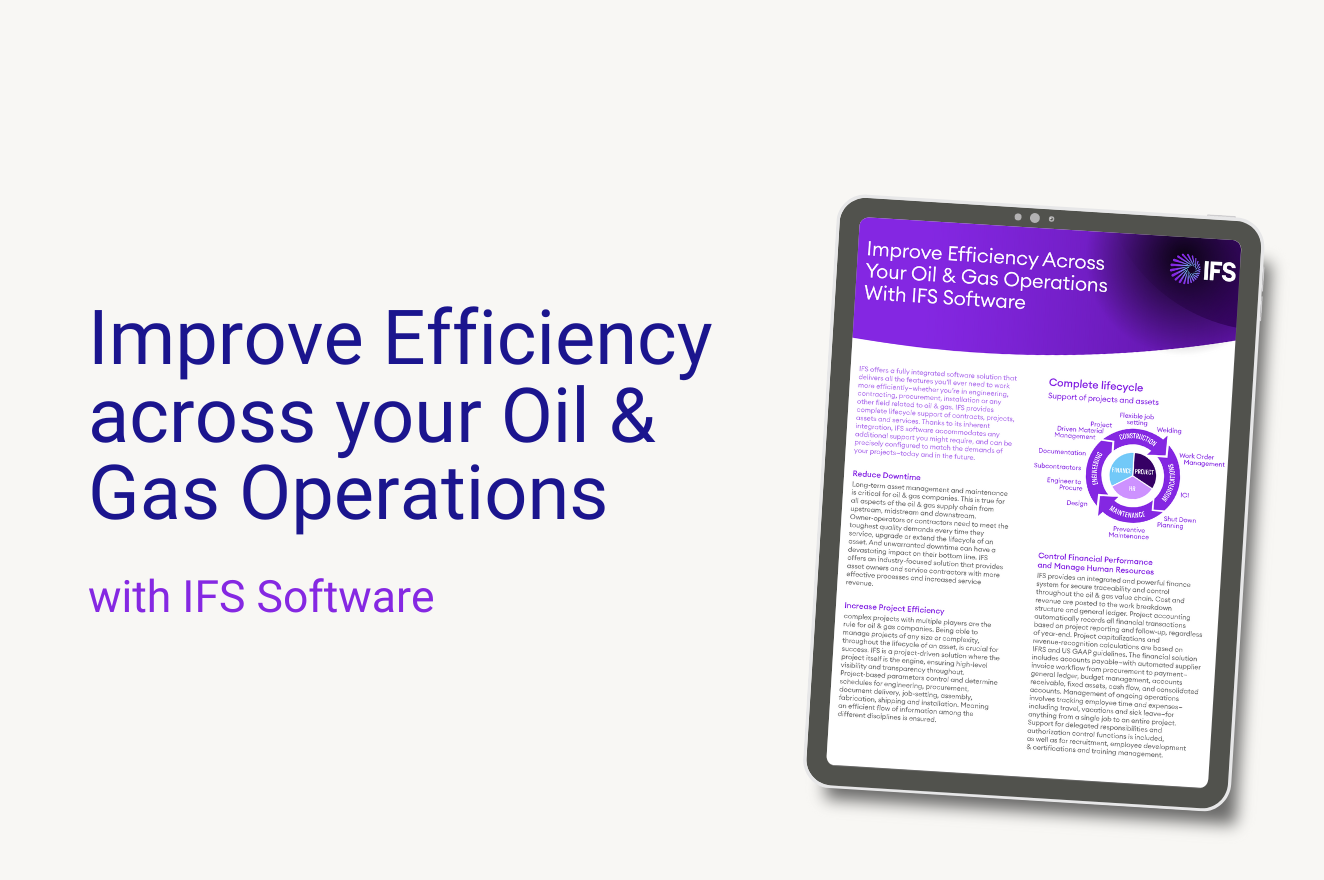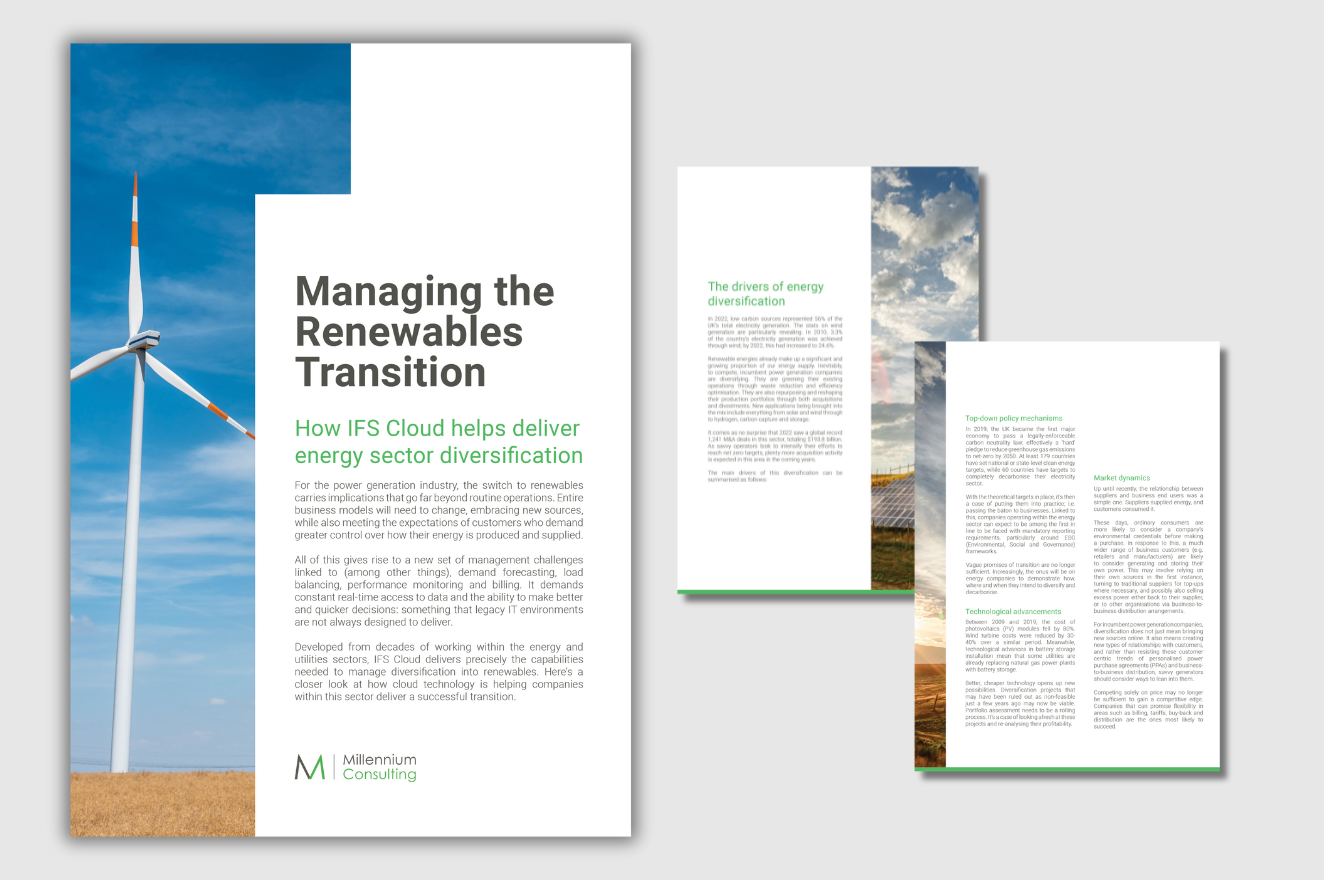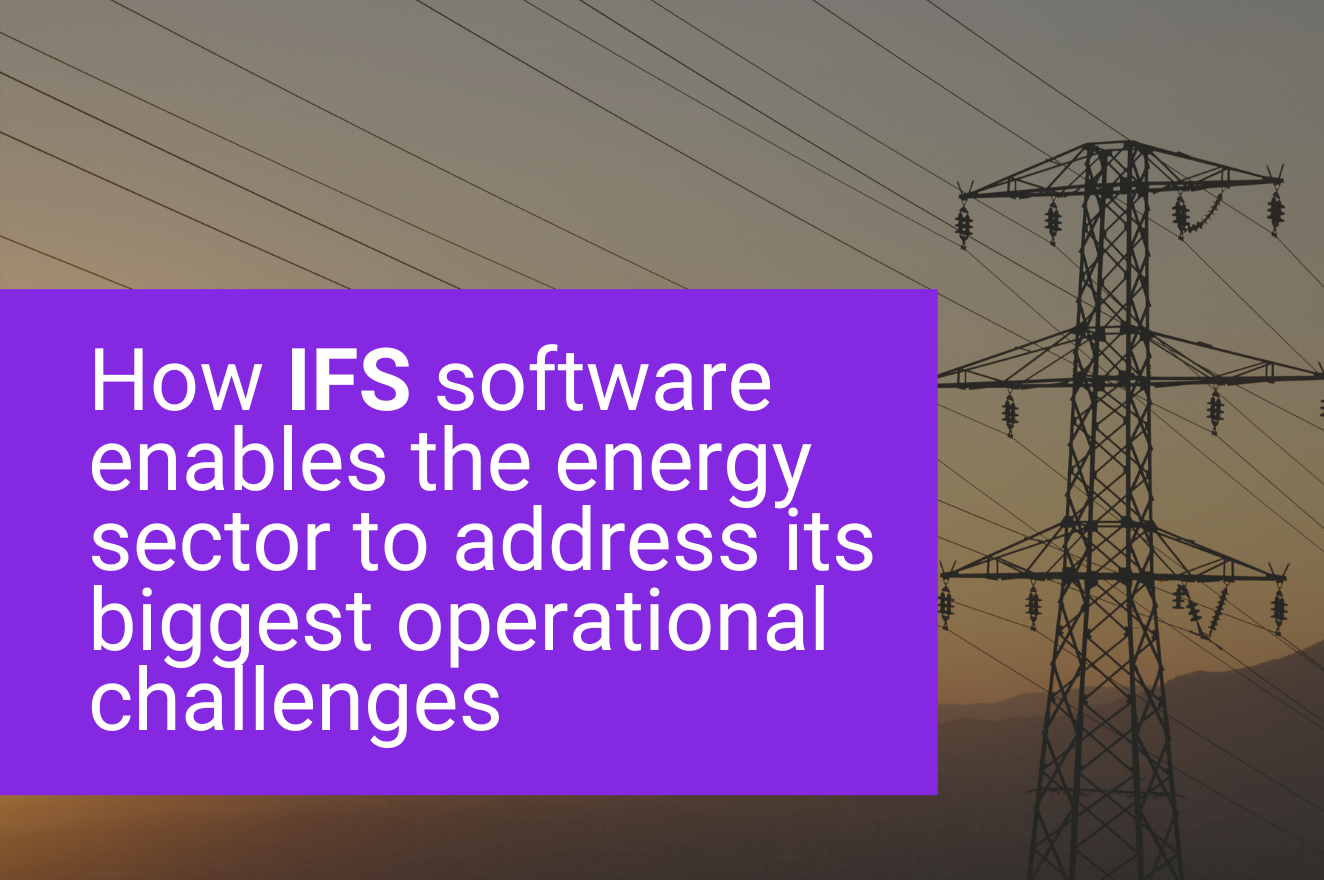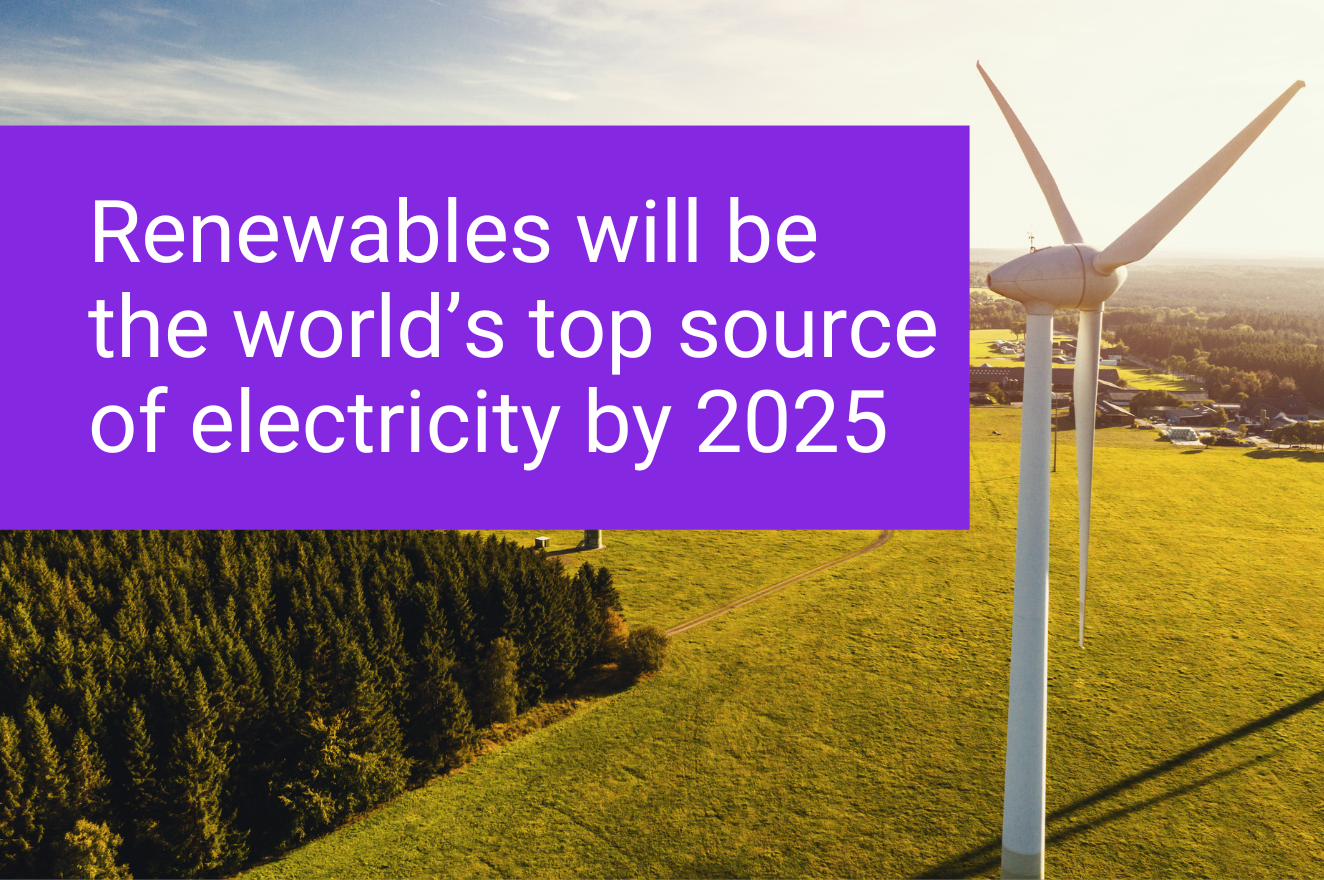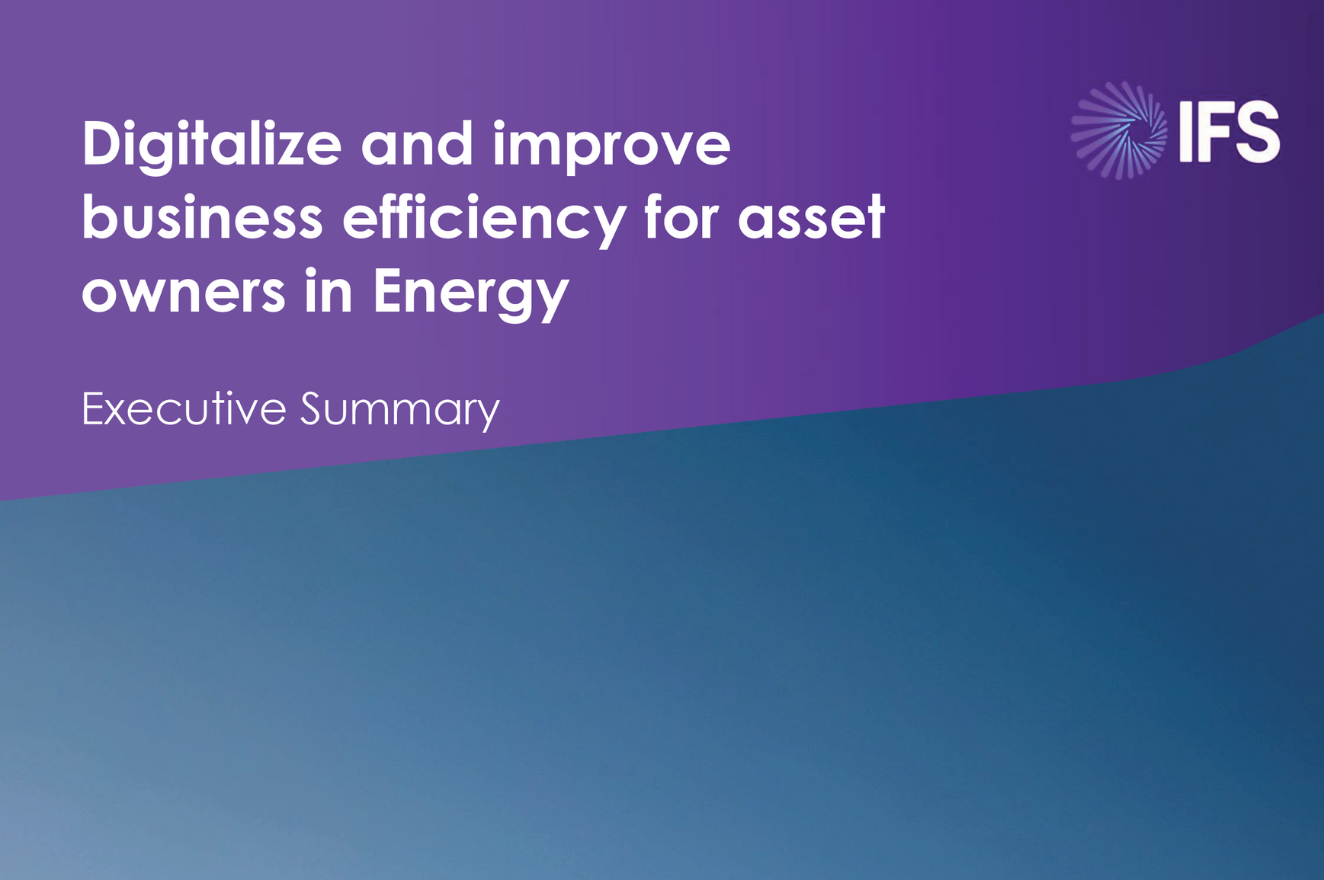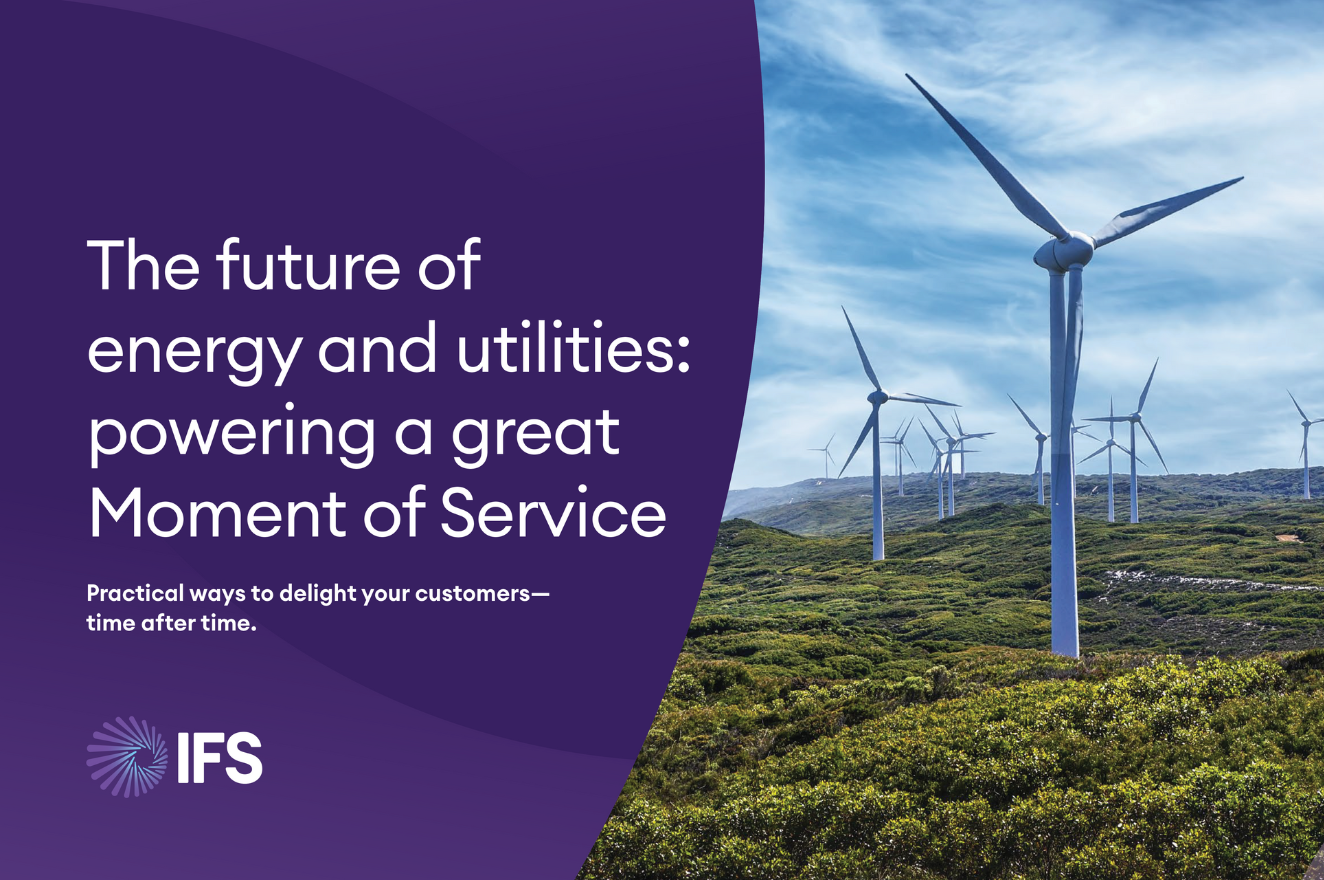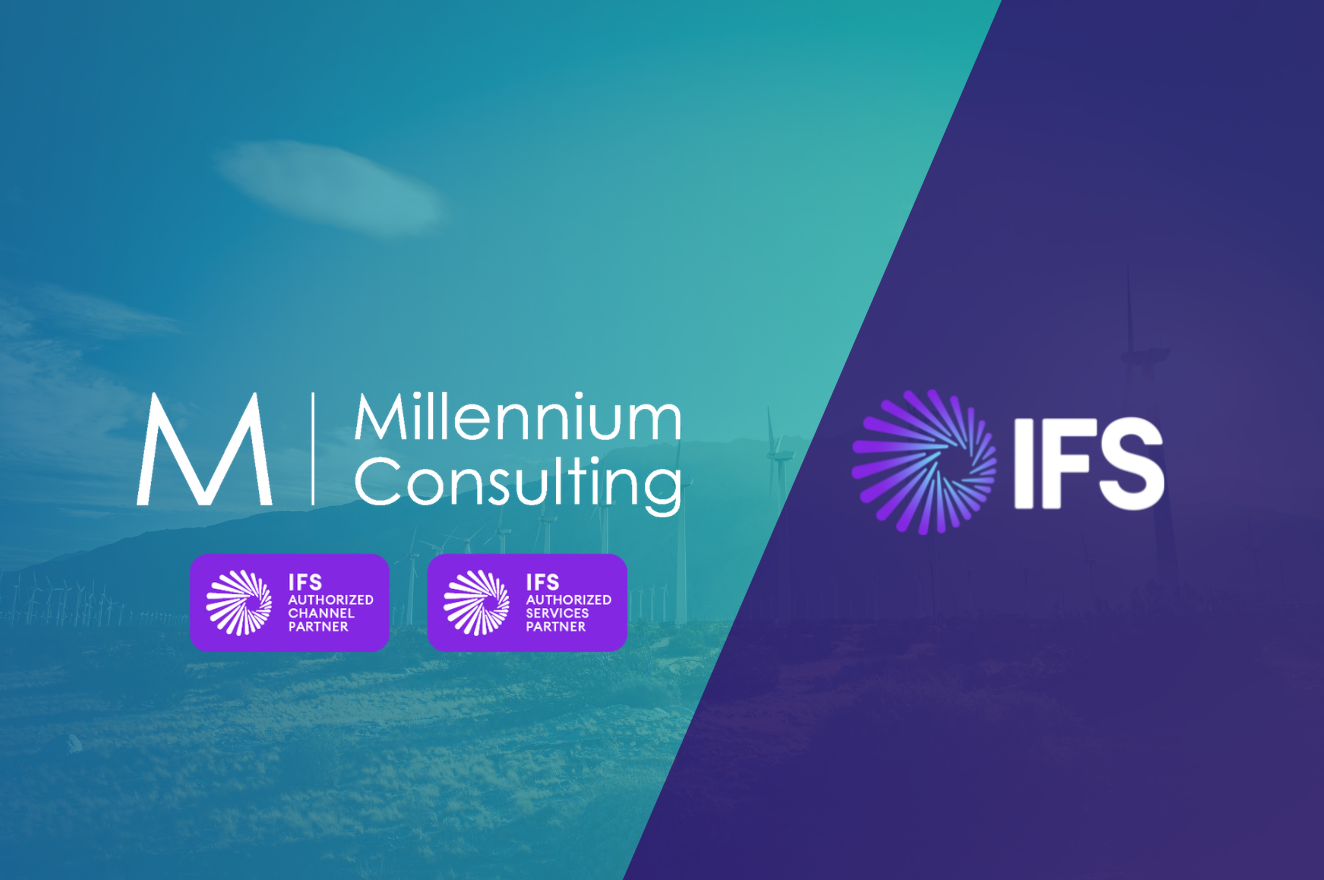One trillion kWh - and counting… laying the foundations for the UK’s next clean energy milestone
Published November 2023
2023 has seen the UK hit a renewables generation record, with one trillion kilowatt-hours (kWh) of electricity generated from renewable energy sources.
As the energy sector looks towards its next big milestones, technologies in areas such as Operation & Maintenance (O&M) and Enterprise Asset Management (EAM) will have a key role to play.
Records in renewables continue to be broken…
Earlier this year, the UK passed one trillion kilowatt hours of energy generated from renewables.
This milestone has been more than five decades in the making. National Grid’s analysis of this dates back to 1970, when renewables represented 1.9% of total generation, with hydro as the main source at the time. Offshore and onshore wind and solar entered the energy mix in 2010.
Industry data shows that this latest milestone is just one of a number of key moments for renewables over the last couple of years:
- In 2020, renewables outstripped fossil fuels for electricity generation over the course of that year for the first time in UK history.
- In 2022, electricity generation from renewable technologies increased to 5% from 39.6% a year earlier, beating the previous record high of 2020.
- In February, May, October and December of 2022, zero-carbon power accounted for over 50% of Britain’s electricity mix. In 2010, it was less than 20%.
- Wind generation in 2022 hit a record high share of 26.8% of total electricity generation.
Next steps - and the challenges that must be addressed
The UK’s first trillion kilowatt hours of electricity took more than fifty years to generate. However, providing that the latest projections stay on track, the second trillion will take just five years. The government’s wider aim is to generate at least 70% of the country’s energy from renewables by 2030.
But of course, none of this will happen organically. For ambitious targets to be met – and for green power generation records to continue to be toppled – it’s going to demand further significant action on the part of all stakeholders.
For producers across the electricity sector, the emphasis needs to be on system optimisation. This includes deploying the right technologies to better manage supply chain pressures and minimise costs. Areas of special focus include the following:

Meeting the scale-up challenge
Policymakers refer to the Balanced Net-Zero (BNZ) Pathway: i.e. a rapid switch from fossil fuels coupled with a lower overall energy demand, with the central aim of achieving net-zero emissions by 2050.
For this to happen, new installations will need to be added to the mix, and elements within the existing renewables value chain will need to scale up production significantly. As a couple of illustrations, McKinsey highlights that for the UK’s BNZ scenario to come into fruition, offshore wind will need to be delivered at 3.0 GW of capacity each year (twice the historic rate). Likewise, solar installations will need to deliver a 30-fold increase in output, to 4.7 GW per-year.
For power generation companies to get the most out of existing assets, certain capabilities are a must. This includes the ability to track real-time asset performance, and to identify minor problems before they translate into downtime.
Designed to meet the needs of the power generation sector, IFS Enterprise Asset Management (EAM) software delivers precisely what enterprises need to maximise production, and make better-informed decisions about how and when assets should be replaced, refurbished or renewed. The aim here is a clear one: extracting maximum value and capacity from your entire asset stack, to help ensure that targets are met.

Tackling supply chain and labour issues
As with all other industries, it is impossible for the electricity generation sector to avoid the knock-on effects of supply chain disruption. Some of the key recent challenges highlighted by Deloitte include limited availability of raw materials coupled with longer lead time for components, supplier-driven cyber risks, and a global shortage of chipsets for components such as solar panels and wind turbines.
The shortage of skilled workers is a further factor that could jeopardise the chances of transition targets staying on track. PwC analysis suggests that in the UK alone, a fresh pipeline of approximately 200,000 people will need training for green energy jobs between now and 2030.
Shortfalls can be addressed in part by reskilling and upskilling workers who will be displaced from areas such as oil & gas, while also widening and diversifying the recruitment pool.
At the same time, businesses will need to think smart when it comes to making the most out of existing workforces. This should include the adoption of technologies such as intelligent workforce optimisation, which makes it easier to balance competing workforce priorities and instigate more efficient task scheduling. Likewise, advanced workforce planning and demand forecasting software should make it easier for businesses to predict when and where workforce gaps are likely to arise – and to plan accordingly.

Futureproofing your technology stack
Visibility across all power generation assets, the ability to drill into operational data and identify areas for improvement, the ability to drive efficiency and bring down costs: these are precisely the type of capabilities power generation companies will need to develop if future targets are going to be met.
A leader in the fields of ERP (Enterprise Resource Planning), EAM (Enterprise Asset Management) and Service Management, IFS is the go-to solution for companies across the energy sector. As a premier IFS Managed Service Provider, Millennium Consulting is ideally placed to help you build the capabilities required to keep targets on track. For further information, please contact Philip Keet, IFS Director.

